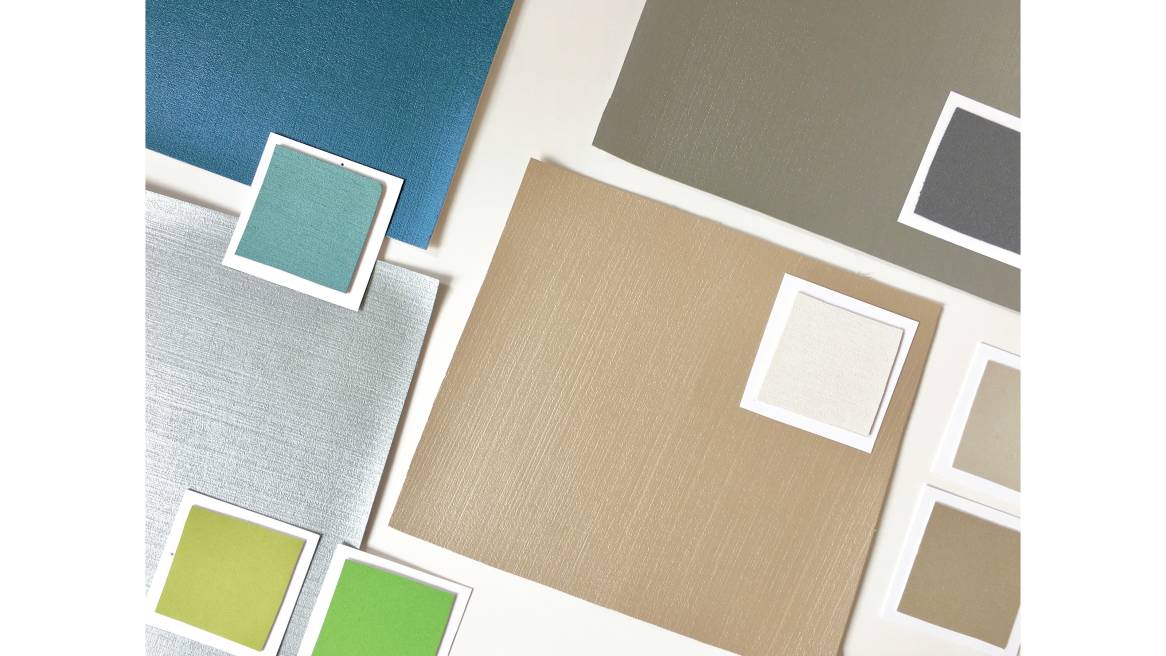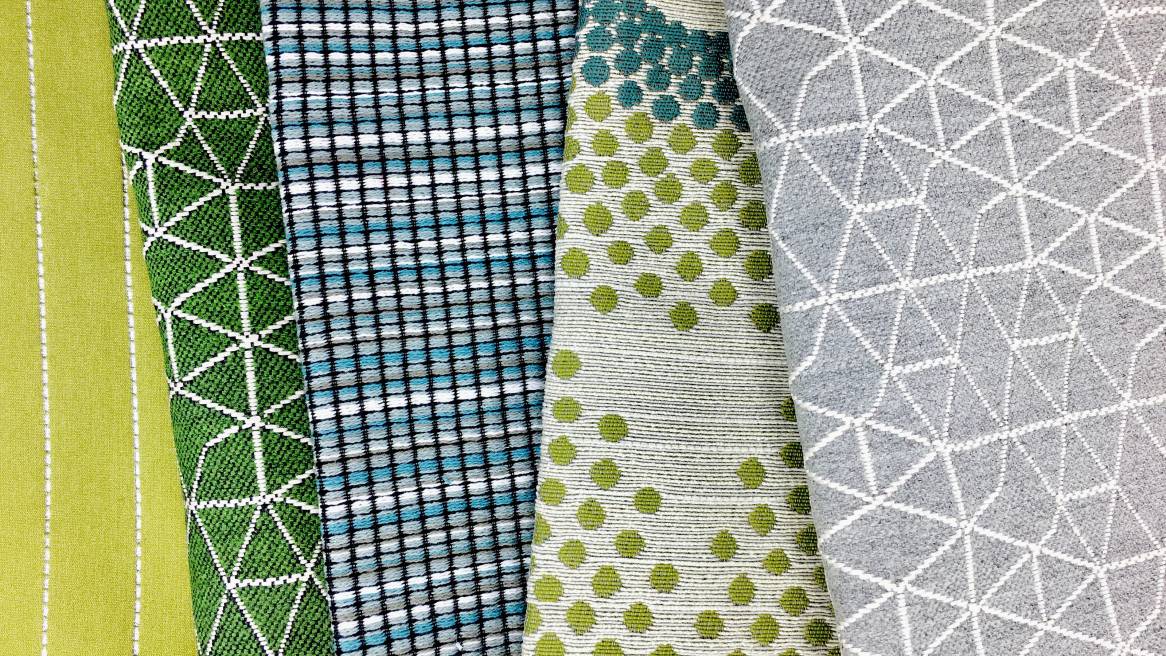Nature Inspires Healthcare Biophilia Collection
Air, rainwater and rock striations are among the inspirations behind a new collection of applied materials for healthcare spaces.
We are drawn to nature. Humans have evolved in nature and, even now, find ways to recharge by evoking our senses and connecting to the natural world. This is especially important for healthcare environments where professionals work to make people feel better physically, cognitively and emotionally.
Since Roger Ulrich, PhD, published his landmark study “View through a Window May Influence Recovery from Surgery” in the journal Science in 1984, researchers have been exploring the impact biophilic design can have on the wellbeing of people*. Biophilic design is about creating places that satisfy people’s innate need for contact with nature.
In a 2010 interview with Healthcare Design Magazine, Ulrich said, “There is quite an active area of medical research today that uses nature distraction to reduce pain. Most of these studies are rigorous; virtually all have reported significant pain-reduction effects.” Ulrich also wrote in the Journal of Health Care Interior Design that “ a growing amount of scientific evidence suggests that nature elements or views can be effective as stress-reducing, positive distractions that promote wellness in healthcare environments.”
Recently, Designtex, a Steelcase brand that specializes in applied materials, launched a Biophilia Collection for healthcare environments. The collection received a Best of NeoCon Gold award in the Healthcare, Fabrics and Textiles category. It addresses the needs of an increasingly diverse array of health spaces including wellness and rehab centers, ambulatory care facilities, behavioral health environments, medical offices and hospitals.
The Biophilia Collection is an exploration into the principles of the natural world, not simply literal representations of images. A careful study of natural geometries and patterns inspired the density, arrangement and variations seen in each design. Drawing from different materials and constructions, the textiles use color, texture and pattern to emphasize the details from their inspiration sources such as a birch bark forest or the awakening of a sunflower.
360 spoke with Sara Balderi, designer principal for Designtex who specializes in performance and healthcare textiles, to learn how they developed this new Biophilia Collection and the unique elements they had to consider for healthcare spaces.

360: Are healthcare customers asking for more biophilic elements?
SB: Definitely. Healthcare designers are keen to find ways to bring natural elements into places where the mission is to help people feel better. Biophilia is an evolving trend. Where it used to be just about plants and greenery, we’re discovering new ways to connect design elements to the outdoors.
360: Can you share with us different ways to bring biophilic influences into a space?
SB: When we think about incorporating biophilia into a space there are lots of opportunities to connect us to nature. We can connect visually by what we see. We can connect by what we smell, hear and touch as well. These elements can include surface materials like wood (or wood similars) and textiles that feel and look a certain way. But, it also includes water features, where appropriate, which we may hear in addition to see. And, nature gardens which may evoke our sense of smell in addition to sight. We’ve been exploring biomorphic patterns which connect us to nature in a more subtle way. Sometimes natural, more porous, materials can sacrifice performance in healthcare environments. They might be difficult to clean, for example. So, it’s important to see all the ways we can bring reminders of nature into healthcare spaces.
360: Tell us how you developed this new Biophilia Collection from Designtex for healthcare environments?
SB: For this collection, we explored the algorithms, textures, colors and shapes found in nature which is how we derived our patterns. For a long time, when people heard “direct connection to nature,” they incorporated leaf or forest patterns. I think it’s really interesting to take it to the next level by looking at algorithms and mathematics. For example, we looked at rain water droplets or the edge of a forest and found connections through the mathematical arrangement you can find embedded in the environment. Our brains are subconsciously connected to these things. It may not be as obvious, but it’s an interesting way to explore patterns in nature.
360: How does biophilia influence surface materials used in healthcare design?
SB: Cleaning and maintenance is high on the list. We needed to make sure we chose materials that could withstand heavy duty cleaning and maintain durability. Some materials will be in areas used 24 hours a day, seven days a week. We know there’s been a desire for coated fabrics used interchangeably throughout a healthcare space. So, for this collection, we created woven and coated designs to create a holistic solution. This way designers can use a pattern in a woven textile in a public area and carry the same theme and color into a coated fabric in the patient area.
Besides constructing these patterns to withstand heavy duty use, we also used new and interesting ways to achieve beauty through the designs’ unique constructions. We looked at the bark of a tree, the Fibonacci sequence or fractals, for example. The techniques we were using enhanced the subtleties within patterns, textures and colors exploring our connection to nature beyond literal representations.
Learn more about the power of the healthcare environment and Steelcase Health. To learn more about the Biophilia Collection, visit Designtex.


